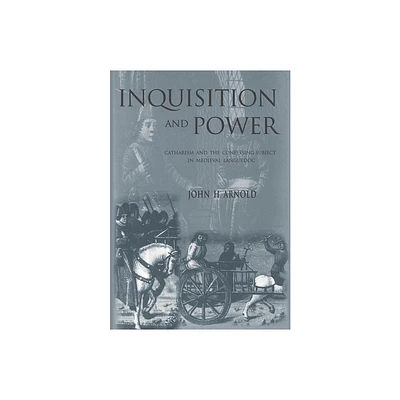Home
Rites of Power: Symbolism, Ritual, and Politics since the Middle Ages
Loading Inventory...
Barnes and Noble
Rites of Power: Symbolism, Ritual, and Politics since the Middle Ages
Current price: $34.95


Barnes and Noble
Rites of Power: Symbolism, Ritual, and Politics since the Middle Ages
Current price: $34.95
Loading Inventory...
Size: OS
*Product Information may vary - to confirm product availability, pricing, and additional information please contact Barnes and Noble
Rites of Power
provides a sweeping overview of the symbolism of power from tenth-century France to modern Britain. Approaching their topic from an eclectic range of intellectual traditions, the authors turn the study of politics, social relations, and cultural creation into a single endeavor.
The essays begin with three assumptions: that all societies are ordered and governed by "master fictions" (divine right, equality for all) which make political hierarchy appear natural; that political rhetoric includes nonverbal communication (royal portraits, statistics on crop yields); and that common rhetoric can mean different things to various segments of a culture ("states' rights" during the American Civil War).
Societies studied include France and Spain in the Middle Ages, post-Revolutionary France, the modern British monarchy, tsarist Russia, colonial Virginia, and industrial Germany. The essays were selected to provide methodological as well as historical coverage; the result is a comprehensive treatment along the cutting edge of several disciplines. This book will appeal to scholars and students in the fields of history, political science, sociology, anthropology, and art history.
provides a sweeping overview of the symbolism of power from tenth-century France to modern Britain. Approaching their topic from an eclectic range of intellectual traditions, the authors turn the study of politics, social relations, and cultural creation into a single endeavor.
The essays begin with three assumptions: that all societies are ordered and governed by "master fictions" (divine right, equality for all) which make political hierarchy appear natural; that political rhetoric includes nonverbal communication (royal portraits, statistics on crop yields); and that common rhetoric can mean different things to various segments of a culture ("states' rights" during the American Civil War).
Societies studied include France and Spain in the Middle Ages, post-Revolutionary France, the modern British monarchy, tsarist Russia, colonial Virginia, and industrial Germany. The essays were selected to provide methodological as well as historical coverage; the result is a comprehensive treatment along the cutting edge of several disciplines. This book will appeal to scholars and students in the fields of history, political science, sociology, anthropology, and art history.


















